Mainsteam media would have you believe that selfies are a 21st Century phenomena. They’re not. I’m old enough to remember cameras that took film, holding them at arm’s length and smooshing your face against a friend’s then sending the film off to be developed only for your pictures to be returned to you weeks later with an advisory sticker of over your face. ‘Over exposed’ ‘Blurry’ ‘Too dark’.
We were more sparing with our selfies back then because film was expensive, the development process too long and the results generally not too flattering. Then digital cameras arrived allowing us to immediately see the results, delete the bad and try again. Timers became more common on cheaper cameras, we’d prop them up against some books or on a wall. But cameras were still too cumbersome to carry around with you all the time, so they were only brought out of the house on special occasions.
We’ve reached a point now where cameras on phones mean that we’re all carrying one almost all the time, and they’re of good enough quality that those advisory stickers wouldn’t be seeing much action, so of course, selfies are more common. You can even buy yourself a stick to make it even easier to get all your mates in the frame without smushing your faces together.
Selfies divide opinion. But it seems odd to me that they’re seen as separate to any other form of portrait photography. A few years ago I went travelling round Australia and South East Asia by myself. As most people on holiday do, I wanted to take photos to document my trip. And I wanted to be in some of them. To be present and, years from now, to look back and say ‘I was there’.
So sometimes I asked a passer-by to do the honours (with varying results), sometimes I put the timer on my camera and propped it up on a wall, and others (like that first morning I woke up by myself in Sydney very early because of jet lag) I held my phone at arm’s length and took a snap, both for me and to post back home and say I’d arrived.
I didn’t need my picture, or my trip, validated by the presence of a second person.
And so, we turn to the running selfie. I’m here to argue for them. I love a running selfie. I follow several runners on Instagram and Twitter who take running selfies that make me envious. I want to be that person running, I want to be in that picture.
Sometimes this is because of the place. Cat Simpson has been running in South America recently. Propping her phone up against a rock, holding it at arm’s length or pointing it down at her feet as she goes, taking some snaps to document her runs. And they make me green with envy.
But it isn’t always about the setting. Susie Chan documents her run to work most mornings. It’s a run that covers some of the same ground as my own running commute, so there’s not much to envy there.
What draws me in is the sense of fun and the love of running in Susie’s pictures. It’s something I can relate to and something that (on days when I haven’t run) I want to feel.
I don’t find the act of taking a selfie vain, or running selfies bragging. Though any photo or words can be both of these things. It’s what you do with the medium, and not the medium itself that dictates the message. They may be partially staged, in that you have to pause your run to take them, though the run itself is real.
The images we see in running magazines or on websites are more staged, but that doesn’t mean they’re not capable of expressing a message and making us feel something. And unlike the images in magazines, the best running selfies are only advertising the act of running itself. In that way I see them as a way that runners (and women runners in particular) are rejecting airbrushed images of their sport and saying ‘this is what running looks like to me, this is why I run, come with me on this journey’.
To me, the runner isn’t the subject, they’re just a vehicle for running. Long live the running selfie.
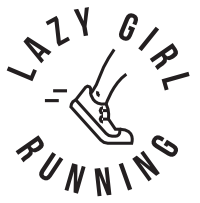


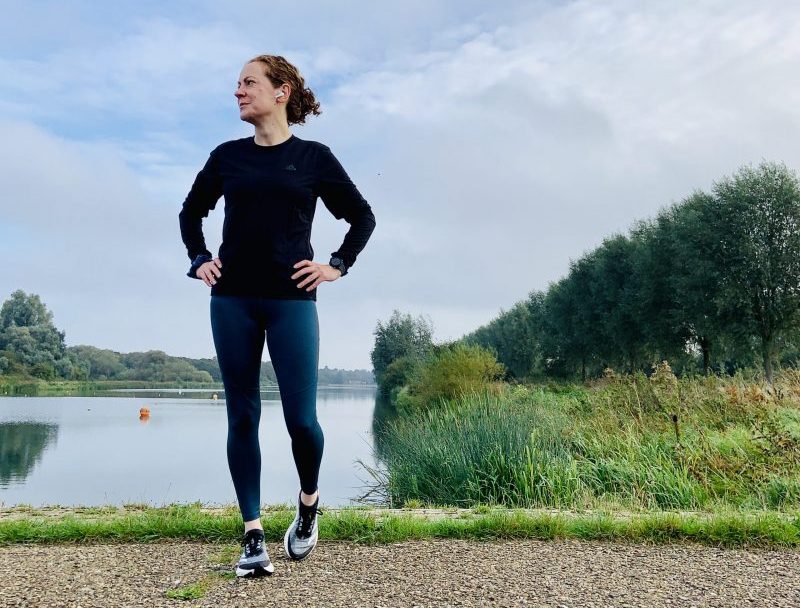
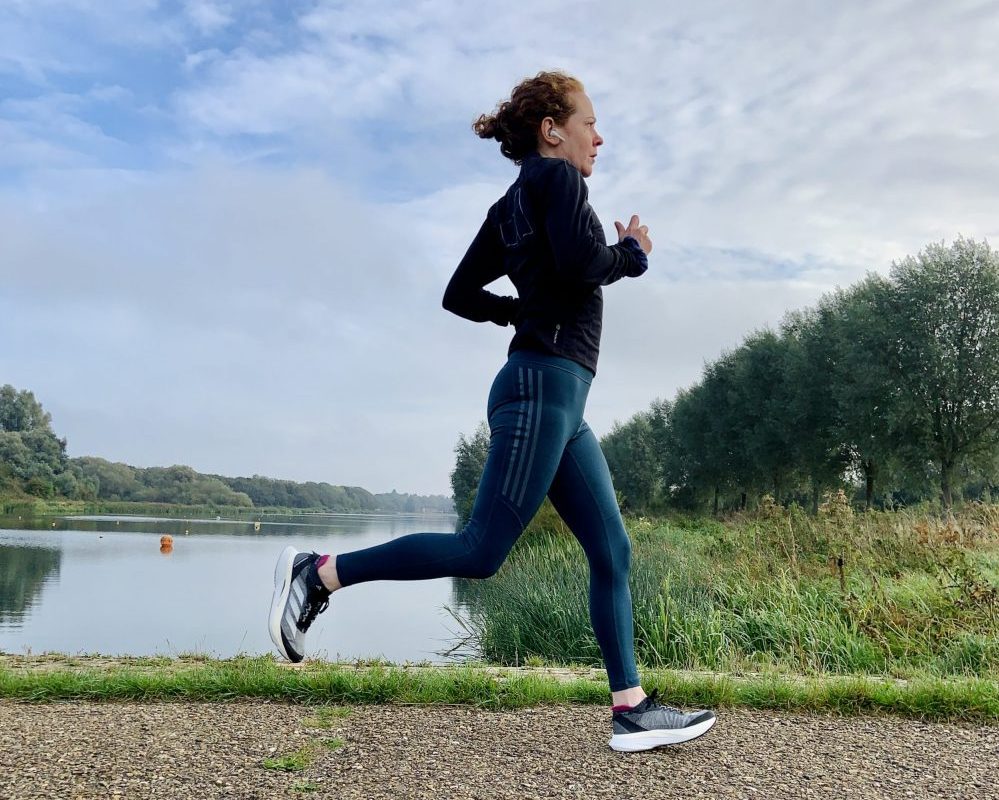
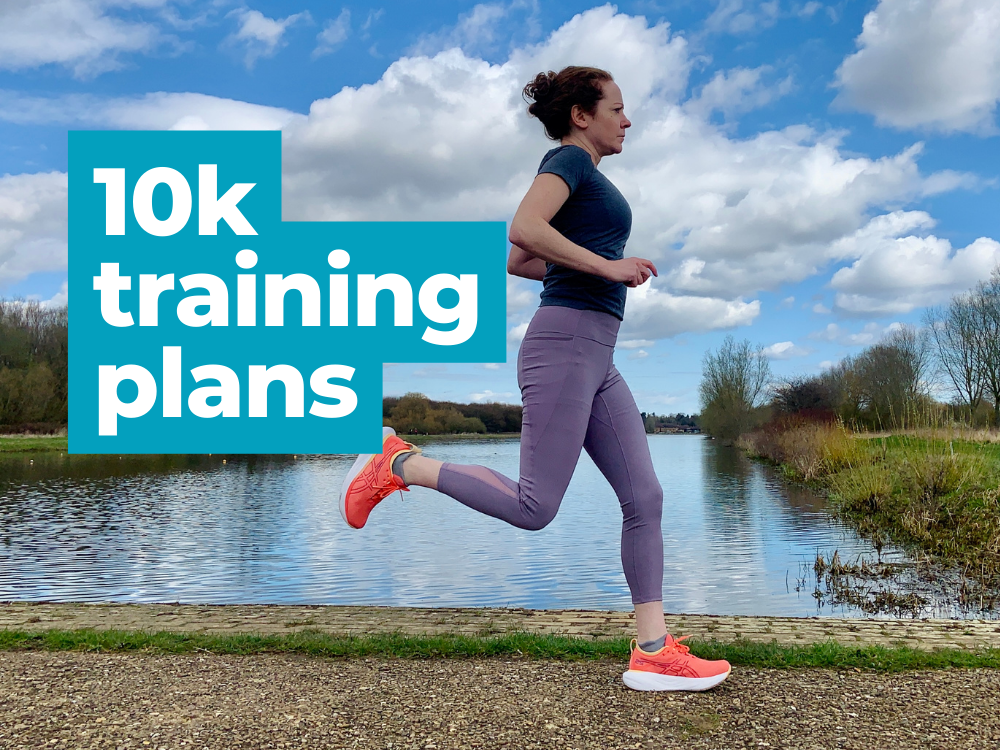
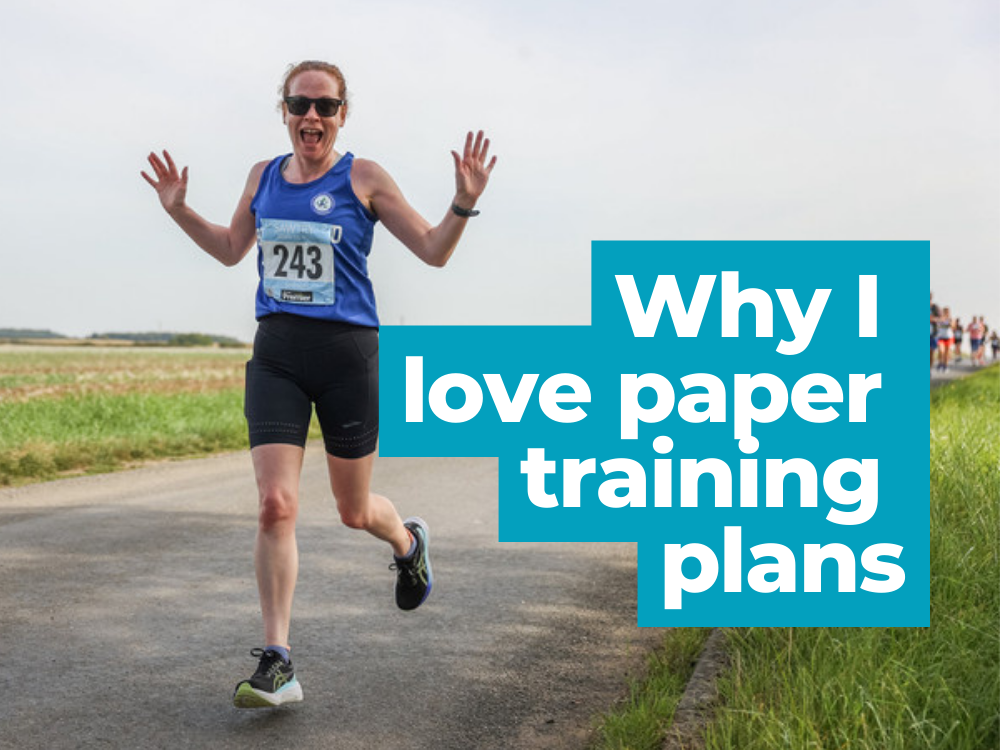
[…] av en händelse, när jag hade skrivit klart det här inlägget, hittade jag detta: ”the art of running selfies” hos ”Lazy girl running”. Hon förmedlar så bra känslan en får av en bra runfie, […]
Great post Laura! I, too, am old enough to remember the good old days of camera film and “helpful” stickers over our photographic efforts! I have to say, I agree with you about the well-considered selfie. Rather than hundreds of shots of pouting for the lens, I like to use selfies as a way to document interesting places I’ve been, memorable moments with my husband and enjoyable runs. Sharing a running selfie is a great way to show the world that it’s ok to get red-faced and sweaty – in fact, it’s pretty good fun! Keep sharing 🙂
I love that running selfie from the vantage point of a rock. I’m trying that tomorrow!
http://Runwright.net
Nothing wrong with selfies. I love them. I like showing that I’ve been there and I’ve done that. Some people are declared as against selfies mostly because selfies took a wrong turn when the duck face became popular. But I think that’s over now.
Love this post, Laura. Especially the nod to how selfies can be a stand against airbrushed pics. I sometimes wonder if it’s a British thing to snub selfies? Like we want to show everyone we’re not vain or pretentious; and by scoffing at them we’re showing the world how ‘real’ and better we are. Would be interested to know if this pseudo modesty extends to other countries…
Nothing wrong with selfies as long as you don’t overdo it. When you take the exact same photo from the exact same angle every day for 10 days in a row (but hey different outfit!) that’s when it starts to get a little ridiculous.
I love this post! I have gotten in to taking running selfies. I often wait for that perfect moment on a run when the scenery captures me or when I see something striking in nature that I want to share with other runners. I love the ones that you share here as they are such perfect examples!